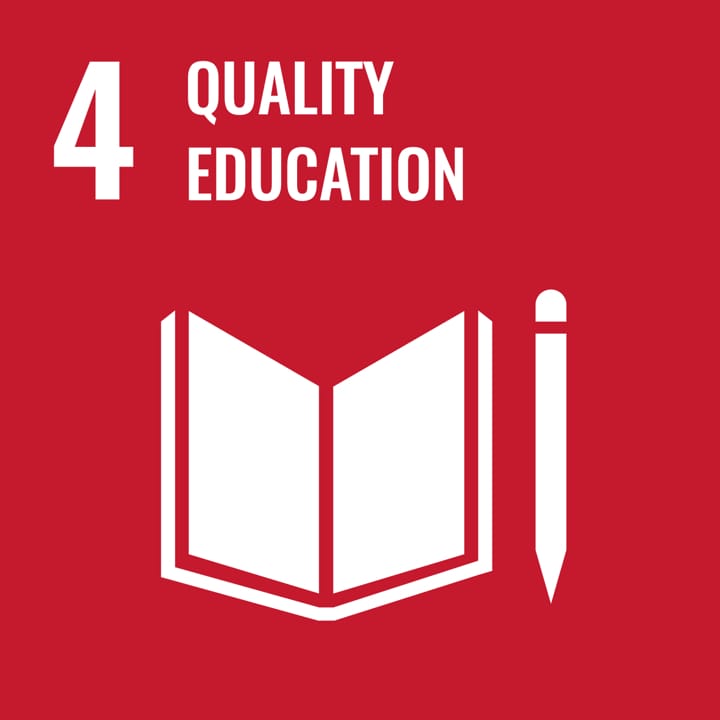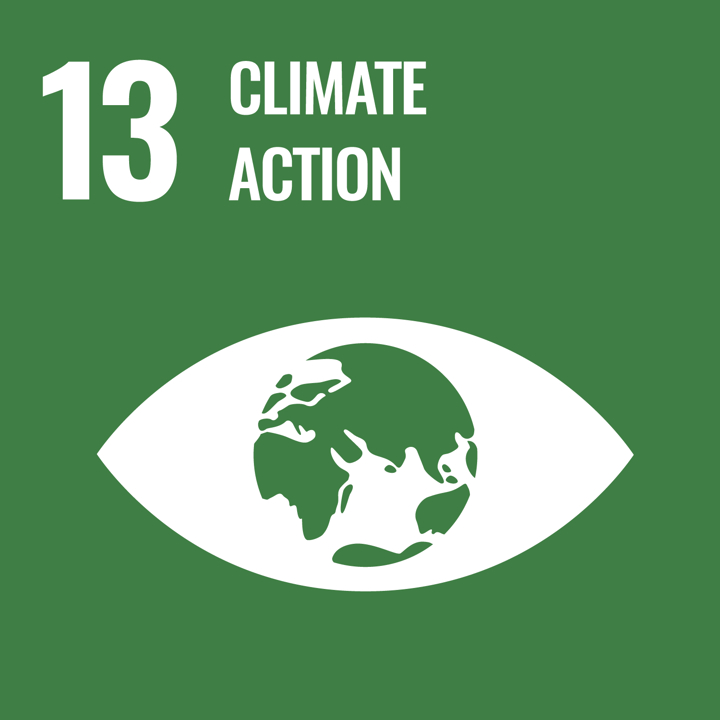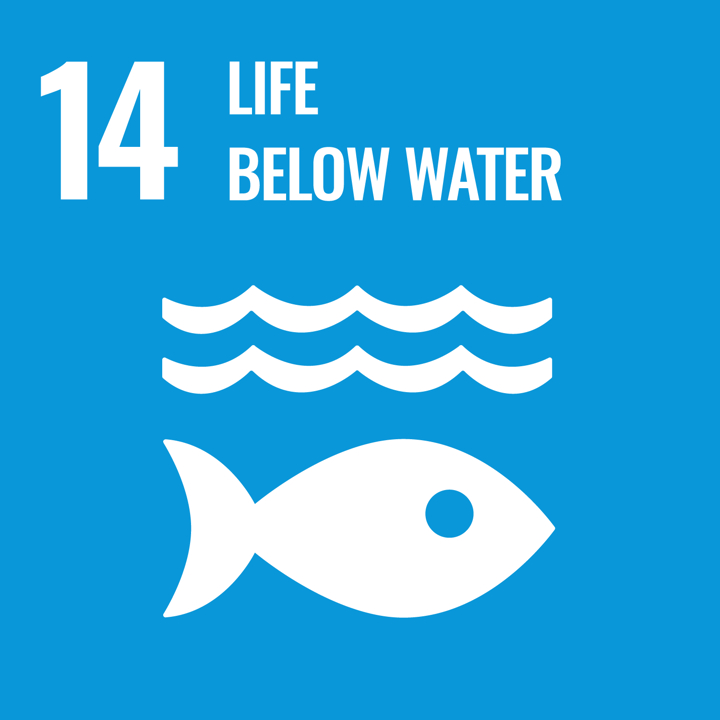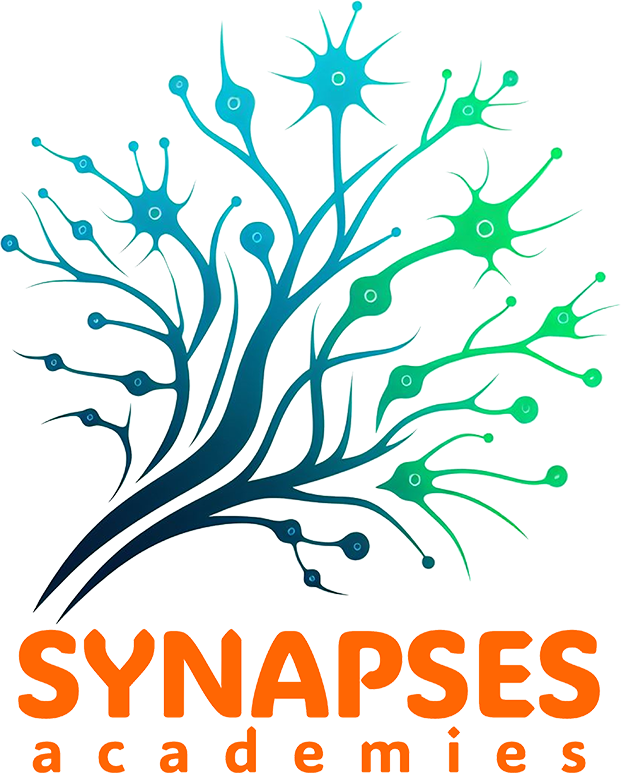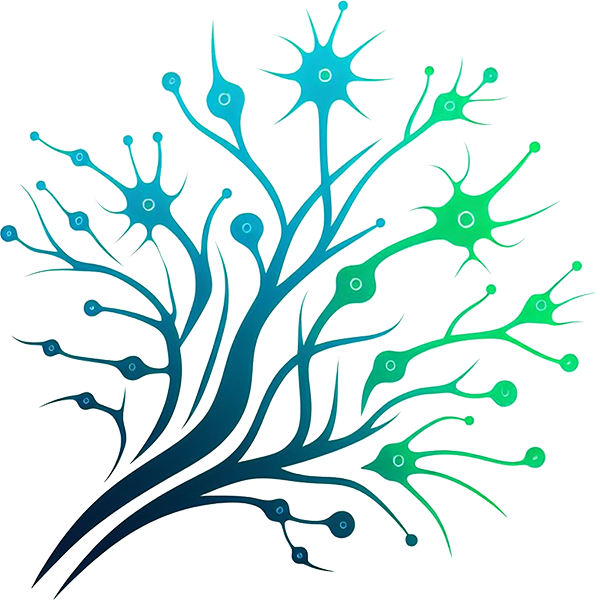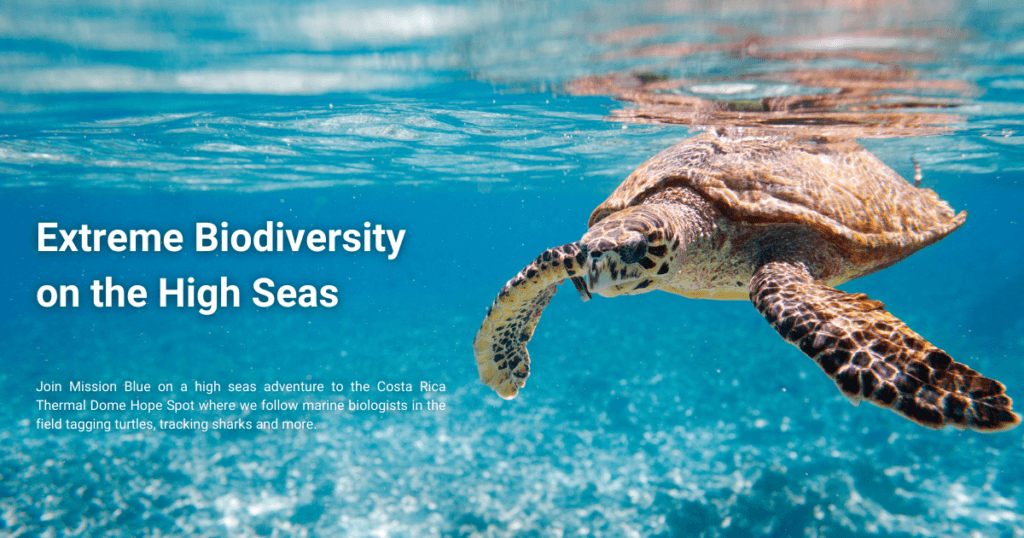
Vorgesehener Endnutzer: Lehrer
Altersgruppe: Sekundarstufe I; Sekundarstufe II
Lehrplan der Schule: Sozial- und Umweltwissenschaften
Themen und Fragestellungen: Umweltveränderungen; Zukunftsorientiertes Denken; Ernährung und Landwirtschaft; Information und Wissen; Bürgersinn
Dauer: Ein bis zwei Unterrichtsstunden, je nach Tiefe der Untersuchung und Diskussion.
Art der Ressource: Demonstration, Präsentation, Online-Tool
Schlüsselwörter: Klimawandel; Biodiversität; Naturschutz; Geodatenanalyse
Sprachen: Englisch
Beschreibung
Extreme Biodiversity on the High Seas ist ein immersives Bildungsinstrument, das das Verständnis für Umweltveränderungen und deren Auswirkungen auf die globale Artenvielfalt verbessern soll. Über diese interaktive Plattform können die Nutzer verschiedene Ökosysteme virtuell besuchen, die Auswirkungen des Klimawandels beobachten und reale Schutzbemühungen untersuchen. Die Tour bietet detaillierte Erzählungen, Geodaten und Visualisierungen, die die Verflechtung von Klimasystemen und lebenden Organismen veranschaulichen. Pädagogen können diese Ressource in naturwissenschaftliche, geografische und umweltkundliche Lehrpläne integrieren, um forschungsbasiertes Lernen und kritisches Denken zu fördern. Durch die Beschäftigung mit diesem Tool erhalten die Schüler eine umfassende Perspektive auf die Herausforderungen der Nachhaltigkeit und die Bedeutung eines proaktiven Umweltengagements.
Wie Sie diese Ressource nutzen können
Vorbereitung: Stellen Sie den Zugang zu Google Earth auf den Geräten im Klassenzimmer sicher.
Einleitung: Beginnen Sie mit einer Diskussion über den Klimawandel und seine globalen Auswirkungen.
Erkundung: Führen Sie die Schüler durch die Google Earth-Tour und heben Sie die wichtigsten vom Klimawandel betroffenen Gebiete hervor.
Analyse: Ermutigen Sie die Schüler, ihre Beobachtungen zu Veränderungen der biologischen Vielfalt und zu Naturschutzinitiativen zu notieren.
Diskussion: Moderation eines Klassendialogs über Erkenntnisse und mögliche Lösungen für Umweltprobleme.
Erweiterung: Beauftragen Sie die Schüler mit der Erforschung bestimmter Regionen oder Arten, die vom Klimawandel betroffen sind, mithilfe von Google Earth.
Die Ressourcen
Die Ressourcen und Werkzeuge finden Sie hier:
- Ort der Hoffnung: Thermalkuppel in Costa Rica - Google Earth
- Mission Blau regt zum Handeln an, um den Ozean zu erforschen und zu schützen. Unter der Leitung der legendären Meeresforscherin Dr. Sylvia Earle vereint Mission Blue eine globale Koalition, um das öffentliche Bewusstsein, den Zugang und die Unterstützung für ein weltweites Netz von Meeresschutzgebieten zu fördern. Flecken der Hoffnung.
- UNEP-Atlas der sich verändernden Umwelt
Lernergebnisse
- Abfrage des Vorwissens und Weiterentwicklung von Wissen und Verständnis von Schlüsselkonzepten der nachhaltigen Bürgerschaft, wobei etablierte Weltanschauungen und Werte in Frage gestellt werden.
- Anwendung einer Reihe von geeigneten Instrumenten und Rahmenwerken zur Förderung des bürgerschaftlichen Engagements von Studierenden im Bereich Nachhaltigkeit
- das Wissen, die Instrumente und den Rahmen gemeinsam zu synthetisieren, um Bildungsmaterialien und Unterrichtspläne zu erstellen, die an ihren eigenen lokalen Kontext angepasst sind
Grüne Kompetenzen
- Nachhaltige Werte verkörpern: Förderung der Natur
- Komplexität in der Nachhaltigkeit berücksichtigen: Systemorientiertes Denken
- Visionen für eine nachhaltige Zukunft: Forschendes Denken
Creative Commons

Erforschung des Klimawandels und der Biodiversität über Google Earth ist lizenziert unter CC By 4.0.
SDGs
